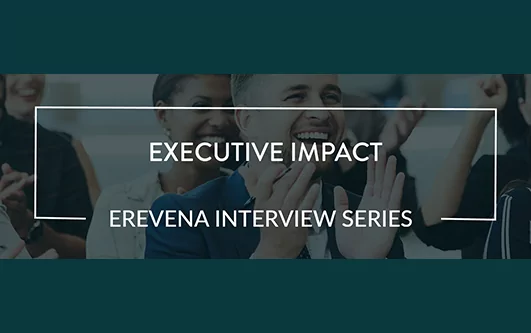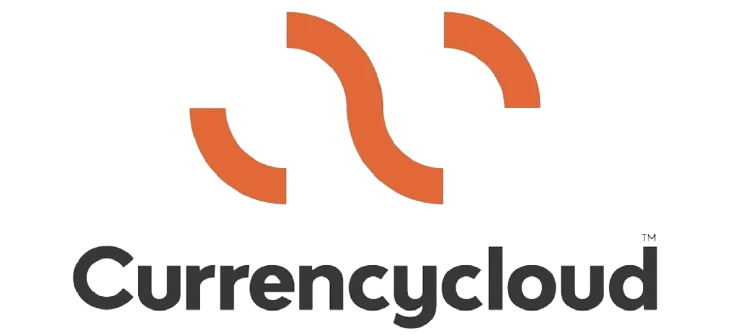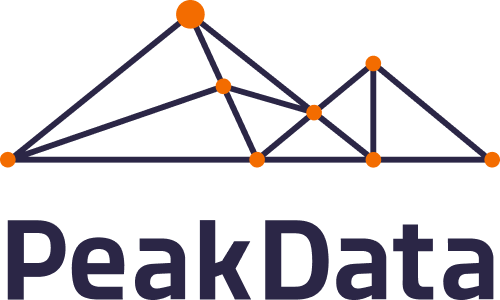Dan Teodosiu, formerly Chief Technology Officer at Criteo and Onfido, talks to Erevena’s Anne Lucas about the impact a CTO can have when taking on a Board position – and why quality over the quantity of Board roles is so important in terms of the value delivered to the company and its customers.
How many Board positions do you see yourself handling at full capacity?
I am currently working with several organizations in different capacities: I am an Executive in Residence at Balderton Capital, a Board Advisor at Revolut and a Board Member at QIMA. I prefer quality over quantity and want to be clear about the value I can add to any company whose Board I sit on. I think four or five Board positions would be enough for me to have the depth of engagement needed to make a difference.
Can you describe your journey to today’s seat at the boardroom table?
I have over 30 years’ experience in the industry in a variety of roles and in settings ranging from start-ups to scale-ups and large companies. I have worked for Microsoft, Google, Hewlett Packard, and Alcatel; I have helped grow two scale-ups, Criteo and Onfido; and I have been a start-up founder twice. Having seen all the life stages of a company has given me an interesting perspective. And while I am a technologist at heart, the last decade has seen me engaged in a raft of other things as well, ranging from product and strategy to recruiting and the occasional stint in HR.
How different is being a ‘Tech’ Board member to having a CTO position?
As a CTO, you have all the operational responsibilities that go with the job, and you need to have a detailed overview of the whole picture on an ongoing basis.
When you join a Board, it demands a different mindset because you are no longer in an operational role. You have fewer data points with which to inform your understanding of what works well and what does not because you are not interacting with the business every day. The role demands a keen focus on where you as a Board member, and the Board in general, can help the company the most.
Is there a formula for getting the role of Board member right?
I am not sure that there is a formula since every company will be different, but there are some common things one can do.
To start with, there is a lot of learning when you join a Board. It is critical to form your own view of the company, in addition to the information you get during the Board meetings. You need to interact with employees at all levels to learn about the company. There is no substitute for speaking to people directly to understand the culture and who makes what decisions, etc.
You need to understand where you can add the most value and must be prepared to spend time with the company outside the Board meetings. It is best that issues be raised directly with the stakeholders and in a smaller circle prior to these meetings.
Add to this the need to be on the lookout for “unknown unknowns” for the company that the Board can flag using its experience. Board members must work together in concert, which requires that they interact outside the Board meetings.
Is diverse experience important on a Board?
Very much so! The Board is there to help the company, so the executive team needs to be able to tap into a wide range of expertise. While there may be an overlap of skills for the various Board members, in a sufficiently diverse Board, every member will be contributing their own unique skills. The Board must work well together to maximize the impact of this diversity.
As a technical expert on the Board, I aim to build a relationship of trust both with the C-suite and the key decision makers, as well as with the other Board members, so that I understand their different viewpoints and know how to augment their expertise with my own.
What skillset or experience do you use most as a Board member?
Scaling a technology business is a recurring theme. My experience helping to scale large operations and technology platforms is important in my current Board positions. You need to have a deep understanding of how to build a strategy and execute it.
The experience of going through company growing pains at all stages is useful, both for understanding what works well and what to avoid, and for recognizing the pitfalls that start-ups and scale-ups are prone to.
More broadly, it is critical to have experience with Product, go-to-market, and coordinating across functions. That is because, in most cases, issues in execution are not restricted to a single function but span multiple functions or the entire company.
What steps did you undertake to prepare for navigating corporate governance?
Having worked for start-ups, scale-ups and large companies helps. One needs to understand not only the “theoretical governance” but also what happens in practice in the company. Sometimes the two are not going to be 100% the same. Interacting with people at all levels of the organization will help with forming an accurate picture.
What sort of (tech) challenges are companies whose Board you sit on typically facing?
It depends on their stage of growth. Early-stage companies will focus on iterating as fast as possible and finding product-market-fit, so they may not have the time or focus to build a solid tech platform. This usually leads to problems later, which need to be corrected as the company scales.
Beyond scaling the technology, scaling the organization, processes and recruiting is equally critical as companies move from start-ups to scale-ups.
More mature companies will have other issues, such as too much process and internal friction. Moving from a single- to a multi-product company is usually a difficult transformation as well.
How much do you work with the exec team outside of Board meetings on tech topics?
Quite a bit. I engage with stakeholders proactively where I can add value or when I am asked to help. As I mentioned, this kind of interaction is critical for me to operate as an effective Board member. It is also important to recognize that you cannot do it all and you need to consider where best to apply your time for positive impact.
What topics should be addressed by the Board to survive in the current adverse market?
Irrespective of the market, unlocking value for the customers is mission number one. The Board should help the company achieve a keen understanding of its mission, vision, strategy, and execution. Having clarity around these topics is how great companies are built, and they should be at the forefront of everyone’s mind in the company, not only its leadership.
Of course, in an adverse market one should watch costs and burn rate carefully. But that should never be the primary goal: having a clear execution plan will help the company understand what is important and what is not, and thus what needs to be invested in and what could be cut.
How should companies approach potential downsizing?
I do not think starting this kind of exercise from purely financial consideration is the right way to do it. Rather, downsizing should result from understanding what the key priorities are for the company, and what is secondary to its strategy and execution.
One can see the glass half full as there is a positive aspect in an adverse market. It is an opportunity to reconsider your focus on how you add value for your customers after a period when the temptation was simply to hire based on the amount of money you had, rather than on what is important to achieve your core mission.
You have been involved in hiring – what are you seeing in terms of distributed teams?
I am quite passionate about recruiting: over the years, I have been involved in hiring over 1,000 people at all levels and in multiple disciplines – in engineering, but also in Product and other areas.
The pandemic was a catalyst for the increase in remote working and it radically changed my own opinion on it. I was not a fan of remote before but having been part of this “forced experiment” after I joined Onfido in 2020, I fully embraced it and realized that it worked very well. I helped turn Onfido into a successful remote-first company.
More companies are reaching the same conclusion and are adopting that model, as it allows them to find and retain talent in proximity to their time zone but beyond their immediate locality.
What advice would you give to a CTO looking for their first board position?
Diversity of experience is important. Gather as much experience as you can beyond pure technology. With a broader cross functional understanding, ranging from the product-market-fit, to competitive differentiators, go-to-market, and how to deliver awesome products for your customers, you will increase the impact you can have on as Board.
Also, let the board positions find you, rather than you chase them – I was recruited for both my current positions. It makes sense to start with some tech advisory work for a couple of companies by way of a light introduction and then let things flow naturally.
I suggest reading this Balderton guide, which is a useful resource for both founders/CEOs and aspiring board members.
Share this article:












